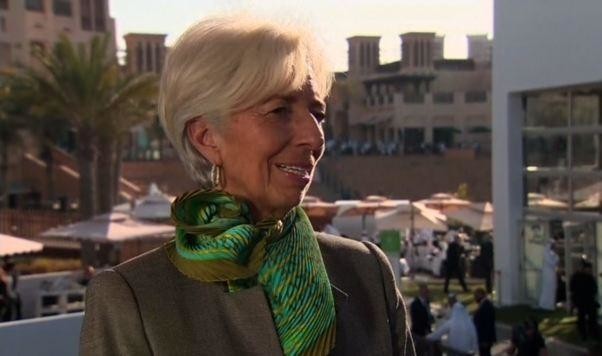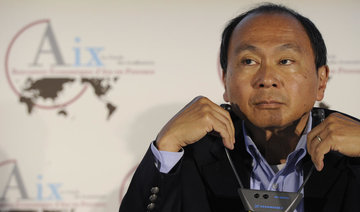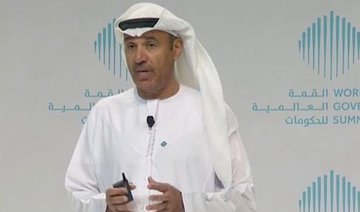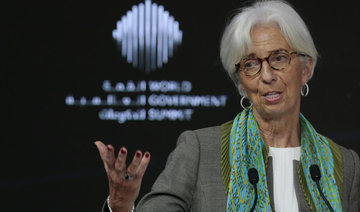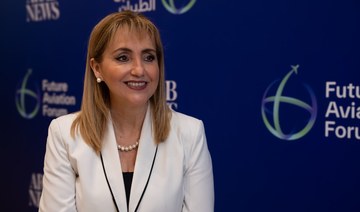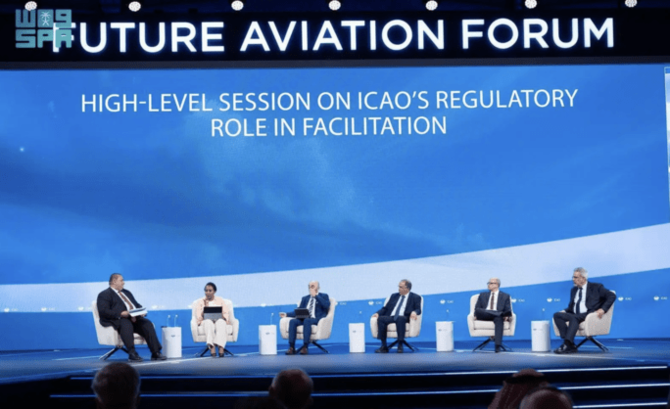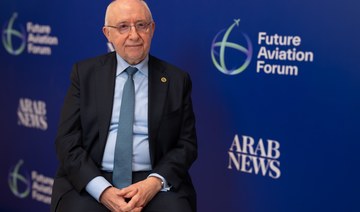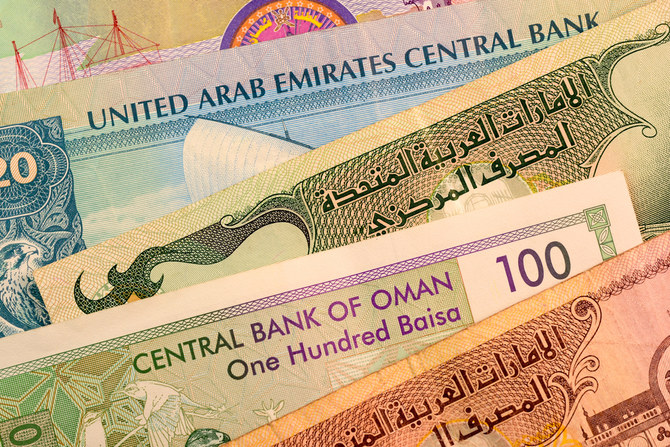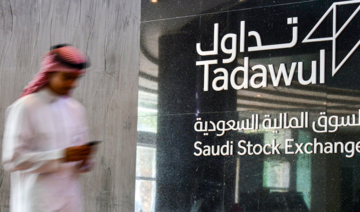DUBAI: Middle East countries must equip their youth with skills for the private-sector workplace to help curb dependence on government employment, International Monetary Fund (IMF) managing director Christine Lagarde said.
Failure to encourage a transition to the private sector would lead to “a very messy situation if there are no jobs around,” Lagarde told CNNMoney Emerging Markets EditorJohn Defterios.
“Five million (young people) per year every year (will be entering the job market) in the next five years, so there has to be a focus on helping them access the job market, making sure they’re equipped with the skills to adjust to what will be a new workplace,” she said.
The IMF chief said that youth unemployment is a particular concern in the Middle East and North Africa, with jobless rates as high as 30 percent in nine out of 21 countries in the region. The region’s population is among the youngest in the world, with over 40 percent under 20 years of age.
“More young people are coming (to the job market),” she said.
With about 5 million entering the region’s job market annually, there has been pressure on governments to absorb the new workforce through public employment, though the IMF said that this had not translated into lower overall unemployment.
In a study released last month, the IMF called on Middle East countries to reduce their bloated public wage bills at a time of heightened fiscal constraints.
“The use of public wage bill policies to influence broad socioeconomic outcomes has not achieved the desired objectives. Though other factors are also at play, countries continue to struggle with high unemployment, poverty and inadequate service delivery,” the study said.
Public wage bills in the Middle East and North Africa region, as well as Pakistan, are higher than in other emerging market and developing economies, the IMF said. In the past 10 years, these countries allocated an average 6 percent of annual GDP, or about a fifth of their total expenditure, to the government payroll.
“Wage bills are now weighing on fiscal sustainability amid slowing or declining fiscal revenue and economic growth due to lower oil prices and remittances. If left unaddressed, these tensions will intensify in the coming years due to demographic changes and technological innovation,” the IMF said.
Lagarde said that “there has to be a shift from assuming the public sector will employ everybody, as was the case in many countries in the region.
“(We should) welcome the private sector, giving it some certainty, so that investors feel comfortable, (thereby) creating activity, employing young people and avoiding what would be a very messy situation if there were no jobs around,” Lagarde said.
“(Without jobs) there would be no hope,” she said.


